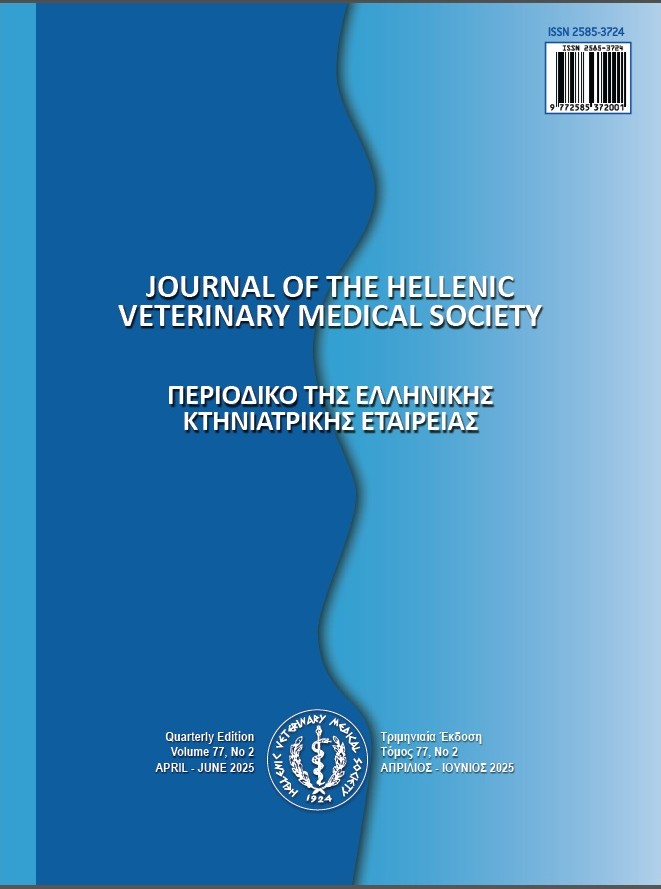Prevalence of Haemoproteus and Leucocytozoon spp. in Wild Birds in Hatay, Turkey

Abstract
Hemosporidian parasites that cause infections in poultry and death in susceptible animals show a global distribution. In this distribution, the role of infected wild birds migrating among different regions of the world is great. Hatay, where migratory birds enter Turkey, is an active region in terms of vectors, disease agents and hosts. In this study, it was aimed to investigate the prevalence of Haemoproteus and Leucocytozoon parasites in wild birds of Hatay province by microscopic and molecular methods. Blood samples were taken from a total of 50 wild birds belonging to three orders, eight species. On the microscopic examination, Haemoproteus spp. infection 18% (9/50) and mix infection (Haemoproteus spp. and Leucocytozoon spp. ) 4% (2/50) was detected while on the PCR examination, H. columbae 20% (10/50), Leucocytozoon spp. 2% (1/50), mix infection 4% (2/50) was detected. As a result, haemosporidian parasites were detected approximately on one of every four wild birds (microscopic 22%, molecular 26%).
Article Details
- How to Cite
-
Zerek, A., Erdem, I., Alakuş, H., Yaman, M., & Altuğ, M. (2023). Prevalence of Haemoproteus and Leucocytozoon spp. in Wild Birds in Hatay, Turkey . Journal of the Hellenic Veterinary Medical Society, 74(2), 5651–5656. https://doi.org/10.12681/jhvms.29714 (Original work published July 6, 2023)
- Issue
- Vol. 74 No. 2 (2023)
- Section
- Research Articles

This work is licensed under a Creative Commons Attribution-NonCommercial 4.0 International License.
Authors who publish with this journal agree to the following terms:
· Authors retain copyright and grant the journal right of first publication with the work simultaneously licensed under a Creative Commons Attribution Non-Commercial License that allows others to share the work with an acknowledgement of the work's authorship and initial publication in this journal.
· Authors are able to enter into separate, additional contractual arrangements for the non-exclusive distribution of the journal's published version of the work (e.g. post it to an institutional repository or publish it in a book), with an acknowledgement of its initial publication in this journal.
· Authors are permitted and encouraged to post their work online (preferably in institutional repositories or on their website) prior to and during the submission process, as it can lead to productive exchanges, as well as earlier and greater citation of published work.



